In this series of articles, we want to highlight the factors affecting the cost behind the product made in Quebec. The first article offered an overview of local production versus “made in China” production. This article proposes to discover, through the experience of two Quebec companies, all the work behind the toys that are made in Quebec.
The first snow has fallen and it's the start of Christmas shopping, slowly but surely. The shelves of supermarkets are already beginning to fill with countless machine-made children's toys. Store flyers end up in our trunk boxes, constantly hammering out their “super” holiday deals. These offers may seem tempting, but why not replace under the tree these toys manufactured on the other side of the world with local products made by hand this year?
The reverse of the product
Working time without limits (or almost)
Creating products by hand is a complex task that requires a lot of time, not to mention the time that is spent on management, marketing, sales, packaging and all the other tasks that are an integral part of of the day-to-day business. While the average full-time employee is considered to work 35 to 40 hours per week, entrepreneurs have much busier weeks when they are fully dedicated to their business. In the case of Isabelle, creator behind the company Jules Mon Poisson Bulle , from September to December, her busiest period, her work weeks are 65 hours.
When a toy is made by hand, it is with unparalleled meticulousness. For the safety of the child, we must ensure that everything is perfect. This work as a monk is long and must absolutely be remunerated. Isabelle explains, however, that sometimes entrepreneurs have to reduce the share of the selling price that goes into their salary to try to keep prices that the population will be willing to pay.

Credit: Jules my bubble fish
Expensive raw material quality
A handcrafted product is necessarily made from quality material. The latter has a price. Choosing to make wooden toys does not cost the same as producing plastic items. The materials must be treated if necessary, as well as worked. At Jules mon fish bubble, the wood used in the manufacture of memory games must undergo several stages before ending up on the online store. The wood must first be cut from a sustainable forest in New Brunswick. The latter is then cut into boards in a sawmill there and sent to the cabinetmaker in the same province to be cut into blocks. Then, the blocks travel about 400 kilometers to come to Montreal, where they are screen printed. At the artist's studio, quality control is carried out, as well as oiling, drying and sorting. Finally, the memory games are packed. Each of its stages requires the participation of intermediaries and the contractor who must be paid for the work performed.
From point A to point B
Transport is also not to be neglected. At Orange & Coco , pacifier beads and teething rings are imported from Europe. The transport of these components must be included in the selling price of the product. Designer Morgane Le Berre mentions that she imports these marbles for their quality, which is superior to marbles produced in developing countries which, although cheaper, are much less safe. All these choices that entrepreneurs make to ensure high quality of their product, and in the case of children's products, to prevent any risk for toddlers, involve choosing materials of better quality and therefore more expensive. .

Credit: Orange & Coco
The sale price
True algebraic calculations
The calculation of the selling price is a complex equation that includes a multitude of variables. The cost of material, manufacturing, packaging, labor and salary must be included in the price, as well as a margin to be able to make a profit. Indeed, this profit is necessary so that the entrepreneur can live from his creations and not only reimburse the expenses related to his product.
Let's take for example the calculation of the selling price of the memory games of Jules my bubble fish that Isabelle was kind enough to explain to me. First, you have to plan your sales strategies. A product sold online and a product sold in a store do not yield the same thing at all. The formula used by the designer to calculate the price of a game is as follows: multiply the cost price by the ideal margin (between 2.5% and 3%). It would be so simple if it all ended there. But no, it's much more complicated. Although this formula represents the price that would be the most profitable for the company, Isabelle must adjust her price. It must reduce it so that it agrees with what the population is ready to pay. So, considering that the production cost of a game is $20, to have an ideal margin, the game should be sold between $60 and $70. However, to sell her game, she has no choice but to lower her price to $45. In direct sales, the profit margin is correct, but in store sales, it is more than insufficient. Shops apply markups of 40% to 50% on products. The company Jules Mon Poisson Bull therefore only makes $4.75 in profit on each game sold.
Do not see this as a criticism of the shops, on the contrary! The latter also have premises to pay, employees to remunerate, taxes to pay. It is normal that they impose margins like these on the products they sell. Isabelle rather deplores the fact that it is not acceptable in Quebec society to adjust its prices according to these conditions of sale, that a product cannot be sold more expensively in store than online. She also mentions a deduction from the Quebec consumer, a difficulty in disbursing the amount due for a product although it is totally justified.

Credit: Jules my bubble fish
GST and QST, applicable at all times
Another point that would be important to highlight is the taxes. Just because a product is handcrafted doesn't suddenly mean it's no longer subject to provincial and federal taxes. Like any store, boutique and company, Quebec companies that manually manufacture their products also pay taxes. Like all of us, they contribute to the Quebec economy. The proposals made to entrepreneurs not to pay taxes are useless and unjustified, because taxes apply to these products as to the majority of the goods we consume. The 5% GST and 9.975% QST apply to all goods sold or services provided, thus helping to maintain the Quebec system.
Fill the chests little by little
A business is not profitable from the start. Initially, the money collected is only used to repay any loans made to launch the business and to ensure its survival. According to Morgane Le Berre of Orange & Coco, for a business to be profitable enough to make a living from it, it would take a minimum of 2 to 3 years. She also points out that the definition of profitable is variable, however, because it depends on the income necessary for the business and desired by the creator. She explains that the hardest part is the first sale and not the launch of the business as such. It's once a few sales accumulate, and the business hits a certain stride that it gets easier.

Credit: Orange & Coco
The Quebec toy and all its advantages
The advantages of buying games and toys designed and manufactured in Quebec are numerous. The product is thought out and made by a person with enormous passion and dedication. As Isabelle says, the object carries within it the values of the entrepreneur who created it and is thus a guarantee of authenticity. Morgane adds that these products are unique and made with love, which is their charm. She herself emphasizes that she manufactures each of her products as if it were for her child. These products are more durable; they go through time. The pacifier clips can be kept in the keepsake box once the child has finished using them and be a source of nostalgia years later. Memory games can be passed on to the next generation and make the fun last.
Environmental aspect
Isabelle also insists on the fact that buying a toy locally leads to greater respect for the environment and follows the perspective of sustainable development. She develops by saying that there are fewer intermediaries, that transport is less important, that employees are better treated and paid, in short, that the product comes from a more ethical environment. She adds that you have to think globally as a society and reflect on the change you want to bring.
Finally, yes, the costs of games and toys made in Quebec are higher than those made in Asian countries. However, their cost is justified and sometimes even too low for their real value. These products have a higher value than machined ones and are well worth the expense. Offered as gifts, they will make many happy. The budget may be tighter, but as Isabelle Aubut says, it's better “to buy less, but to buy better” .
Did you miss the first article in the Cost Behind the Product series? He's right here !
Thanks to Morgane Le Berre from Orange & Coco and Isabelle Aubut from Jules mon Poisson Bulle for their participation in the article

Reviewed by Maud
Cover: Jules my bubble fish


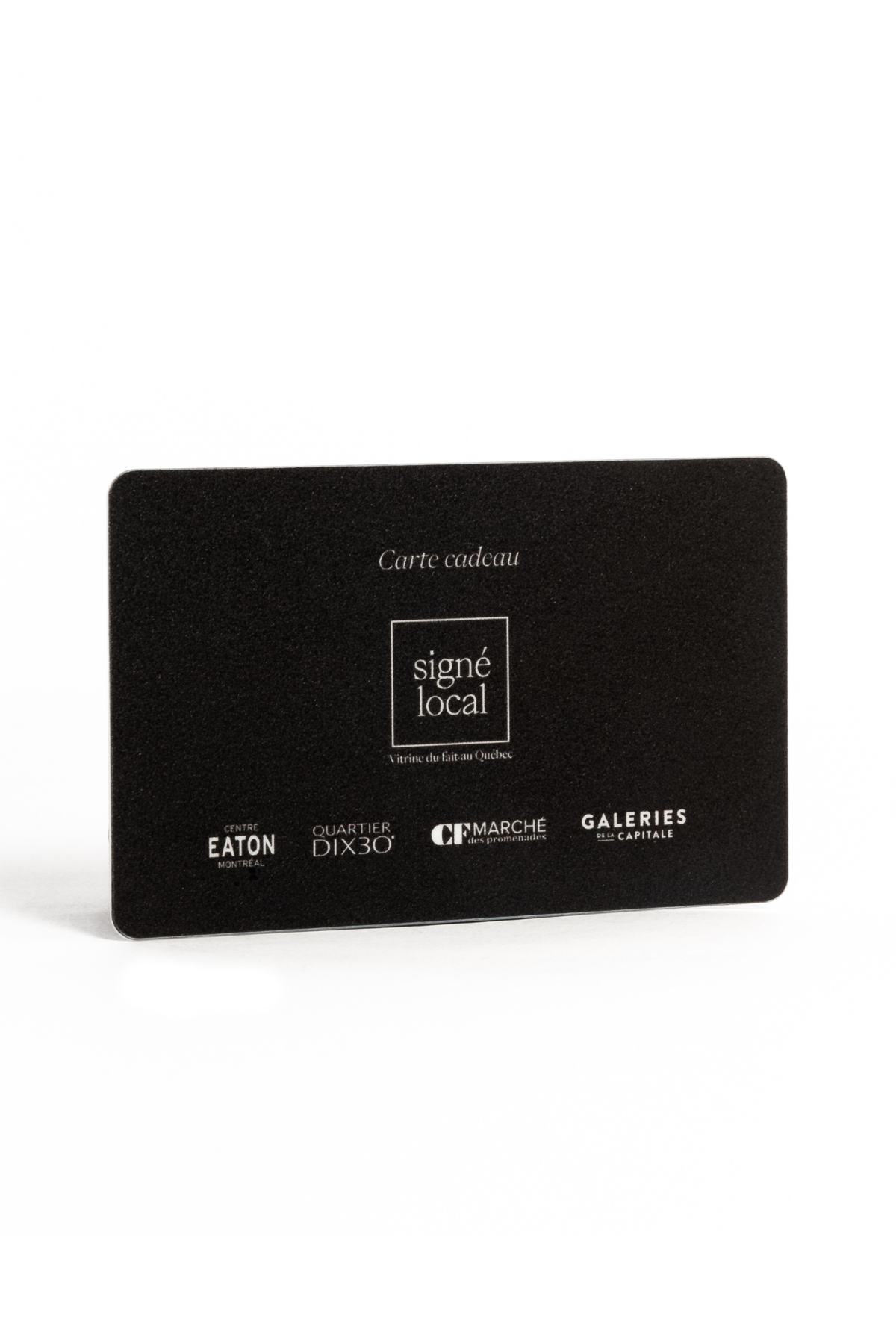

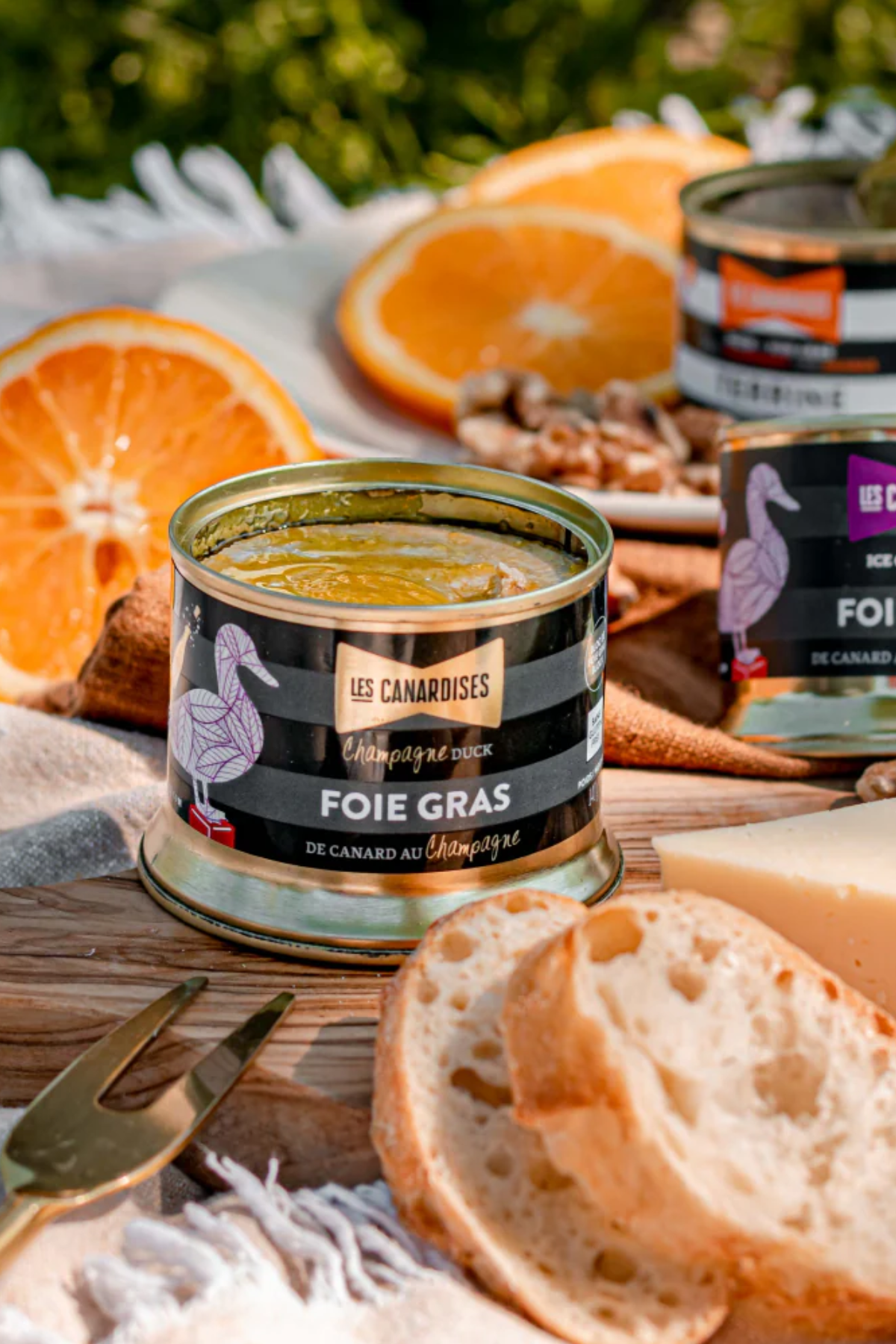
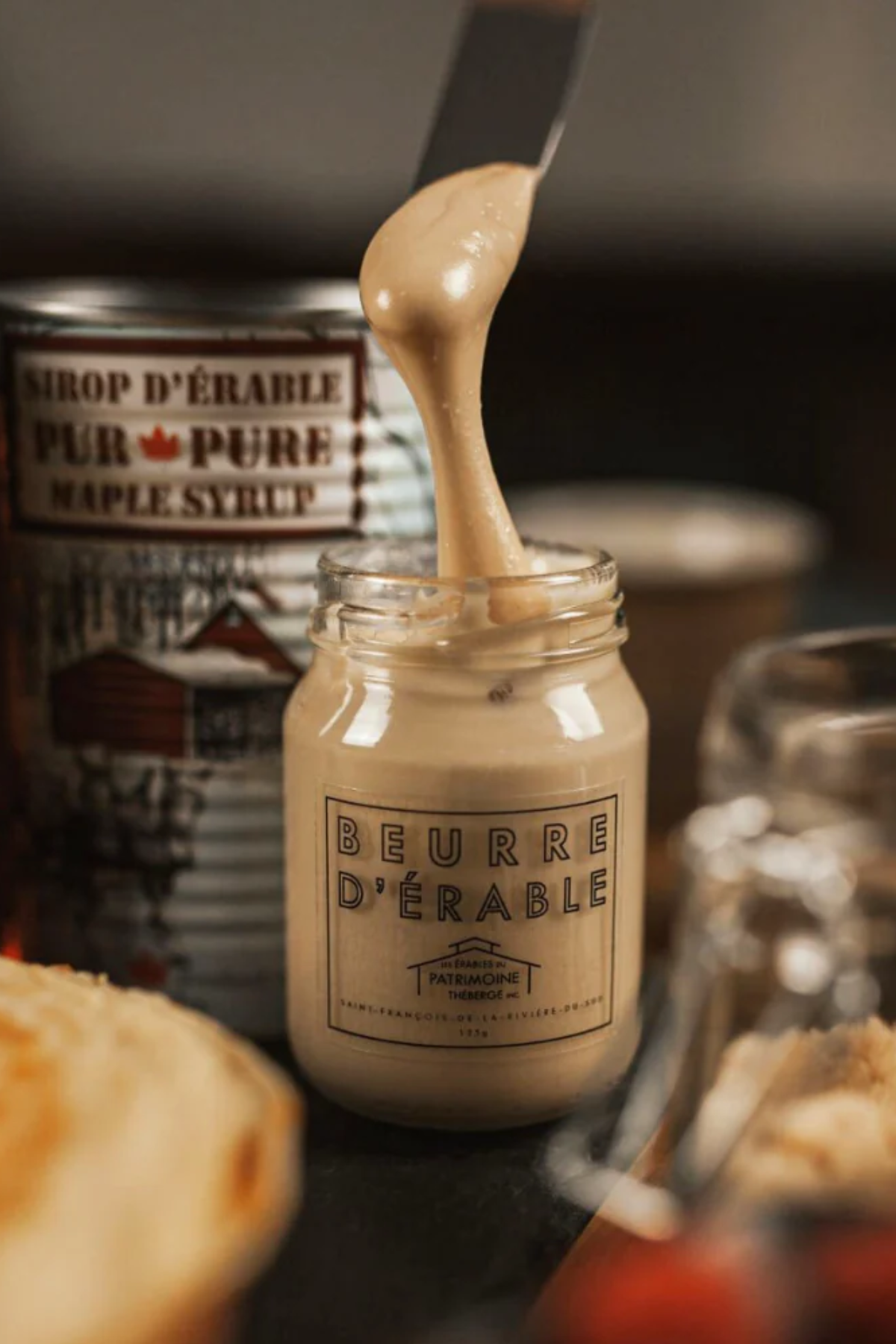
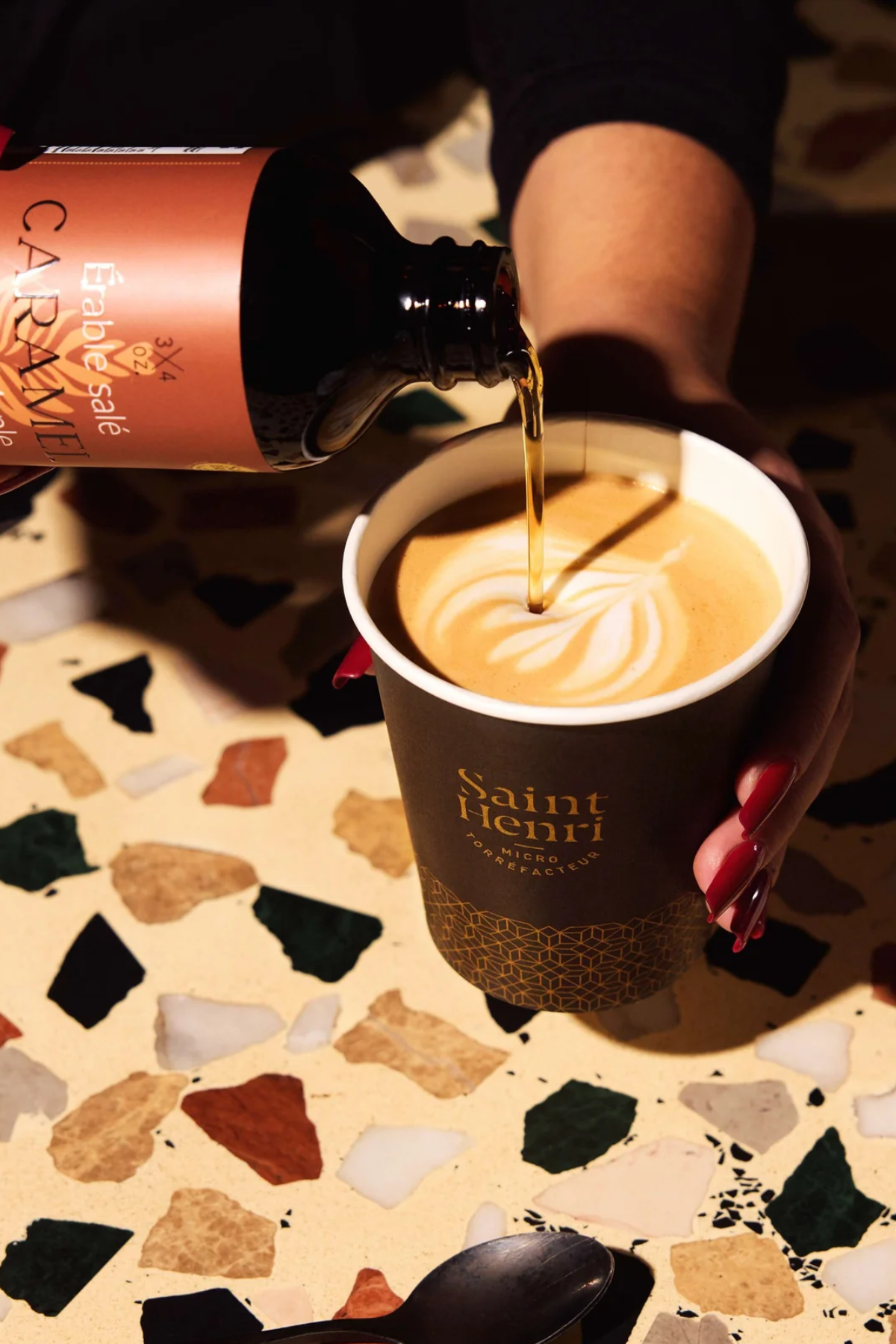

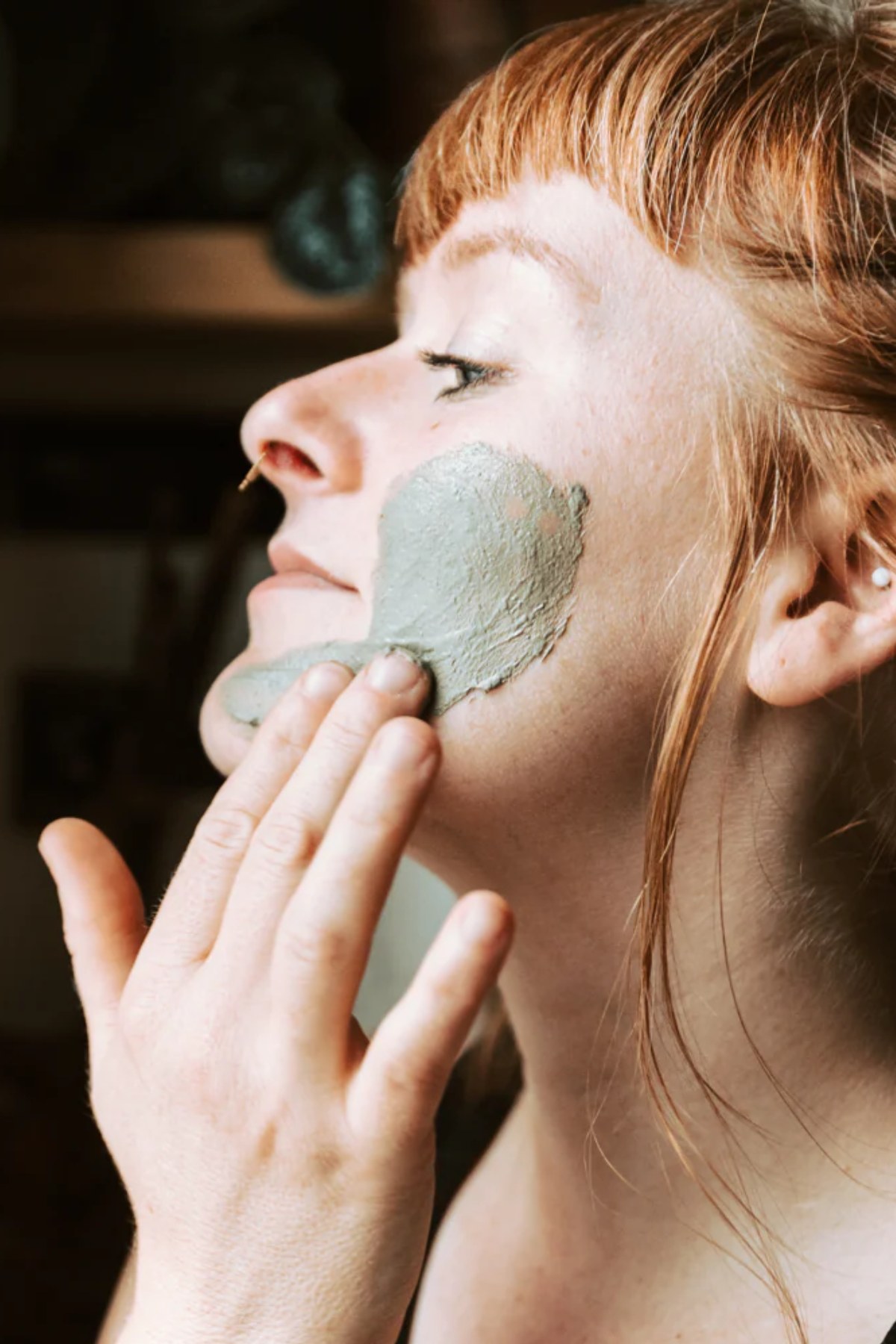
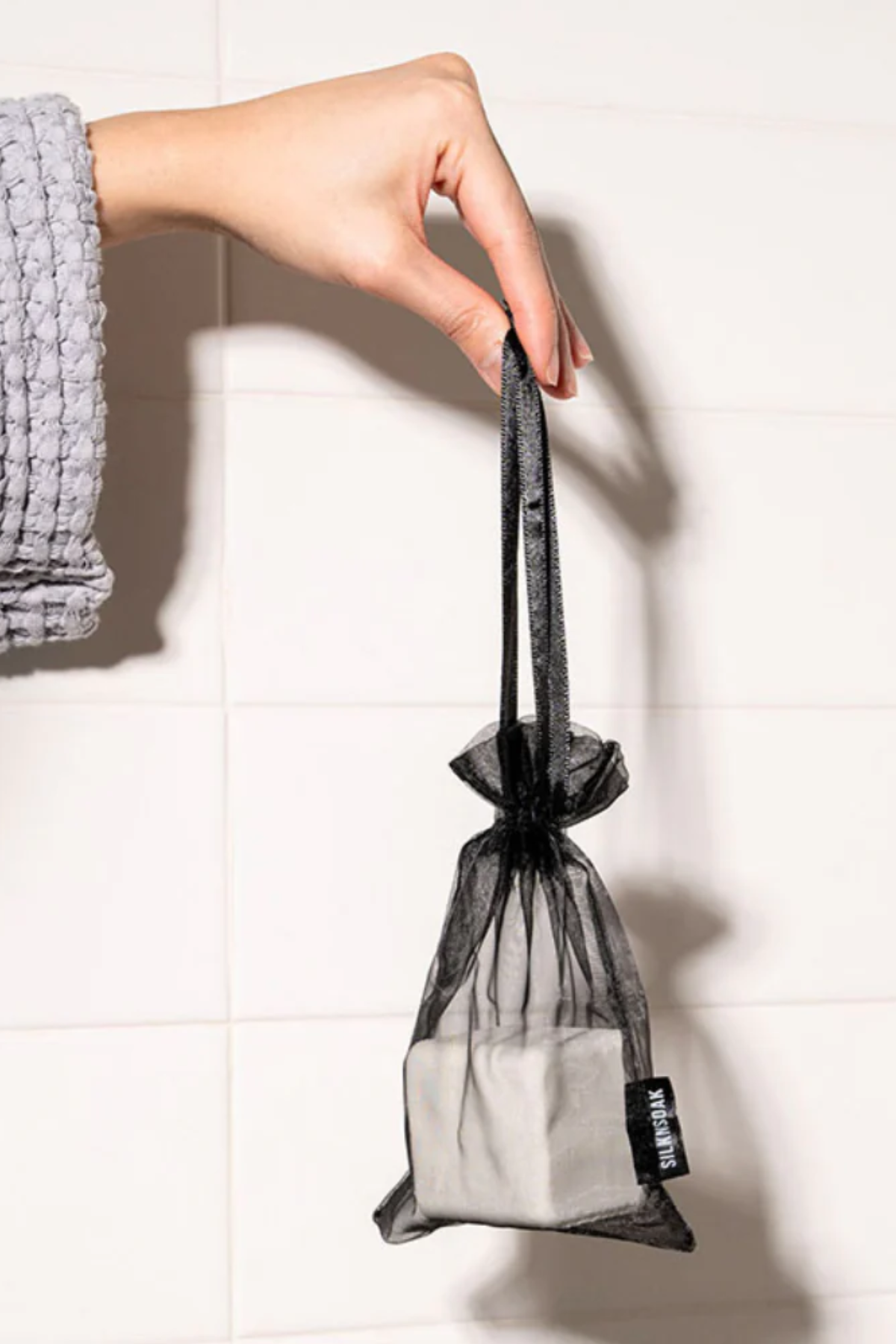
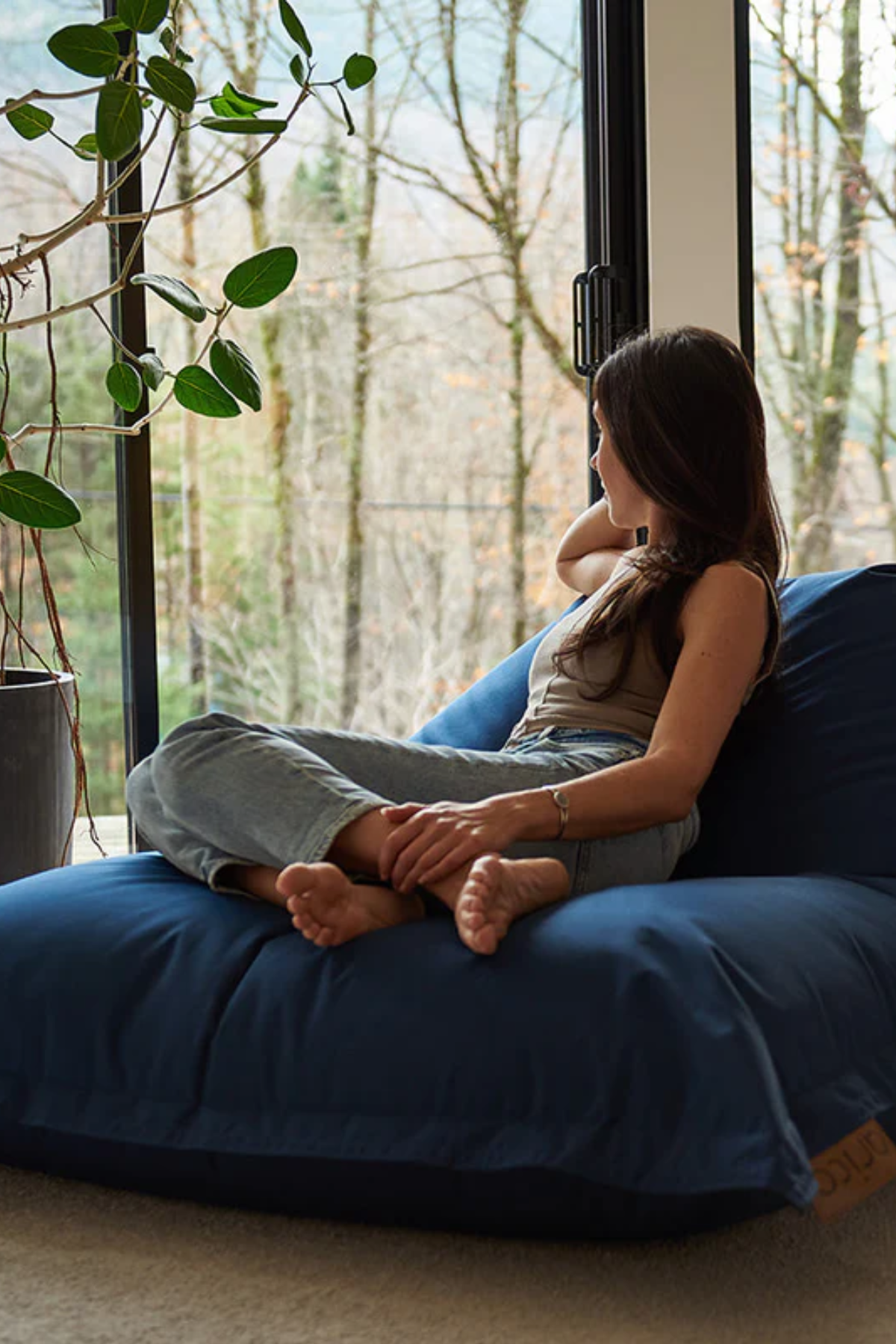
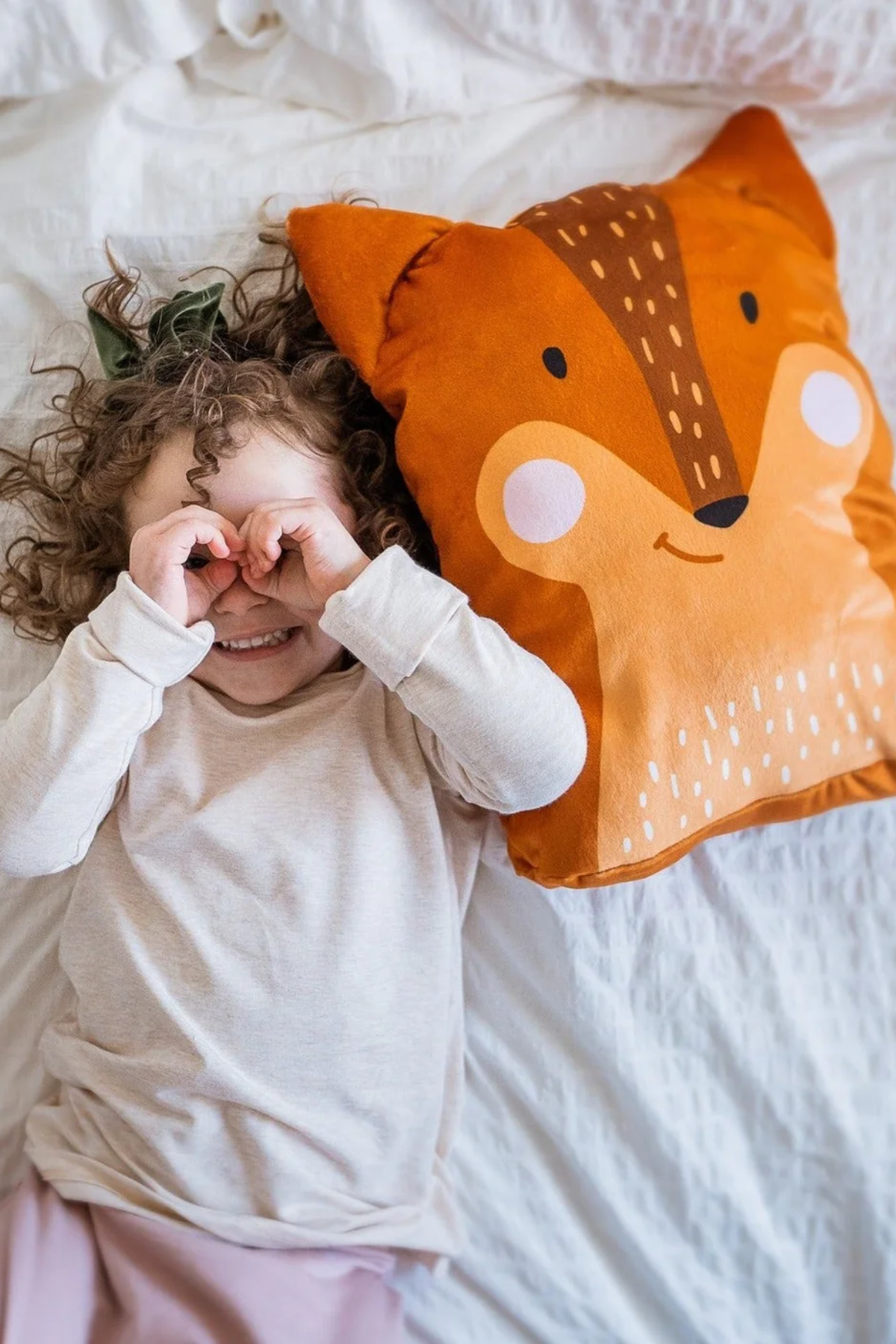
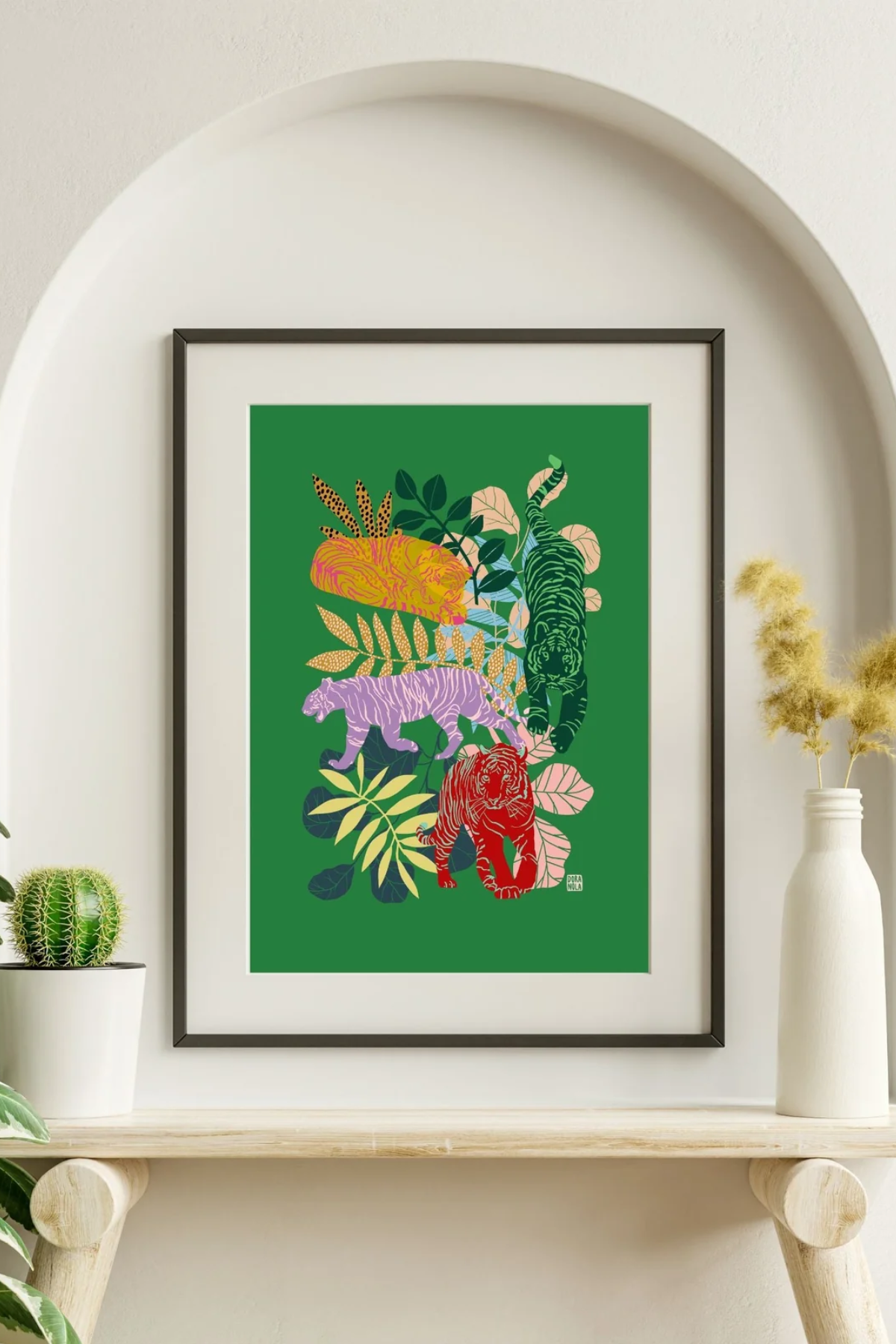


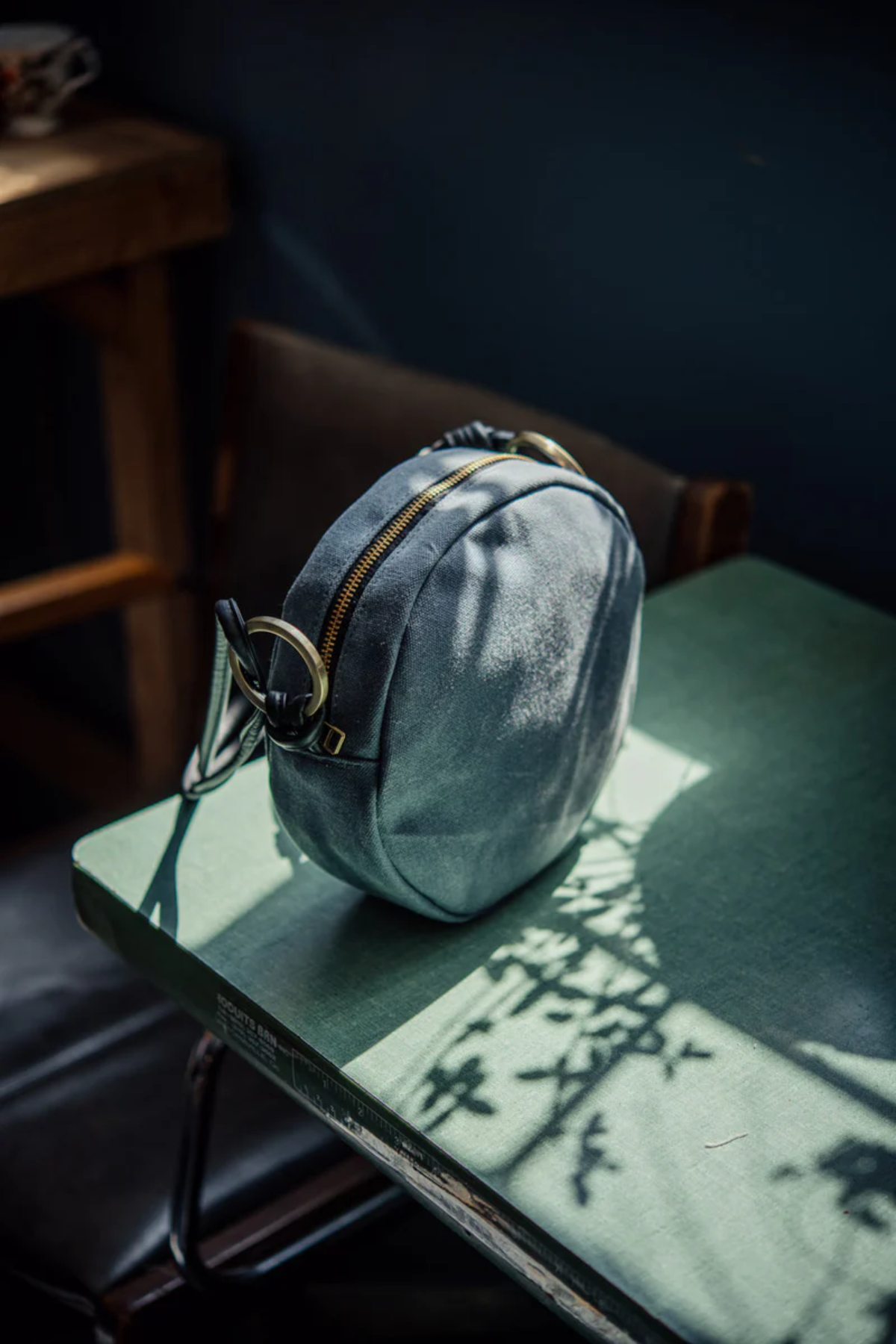
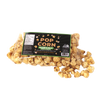

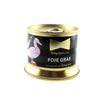















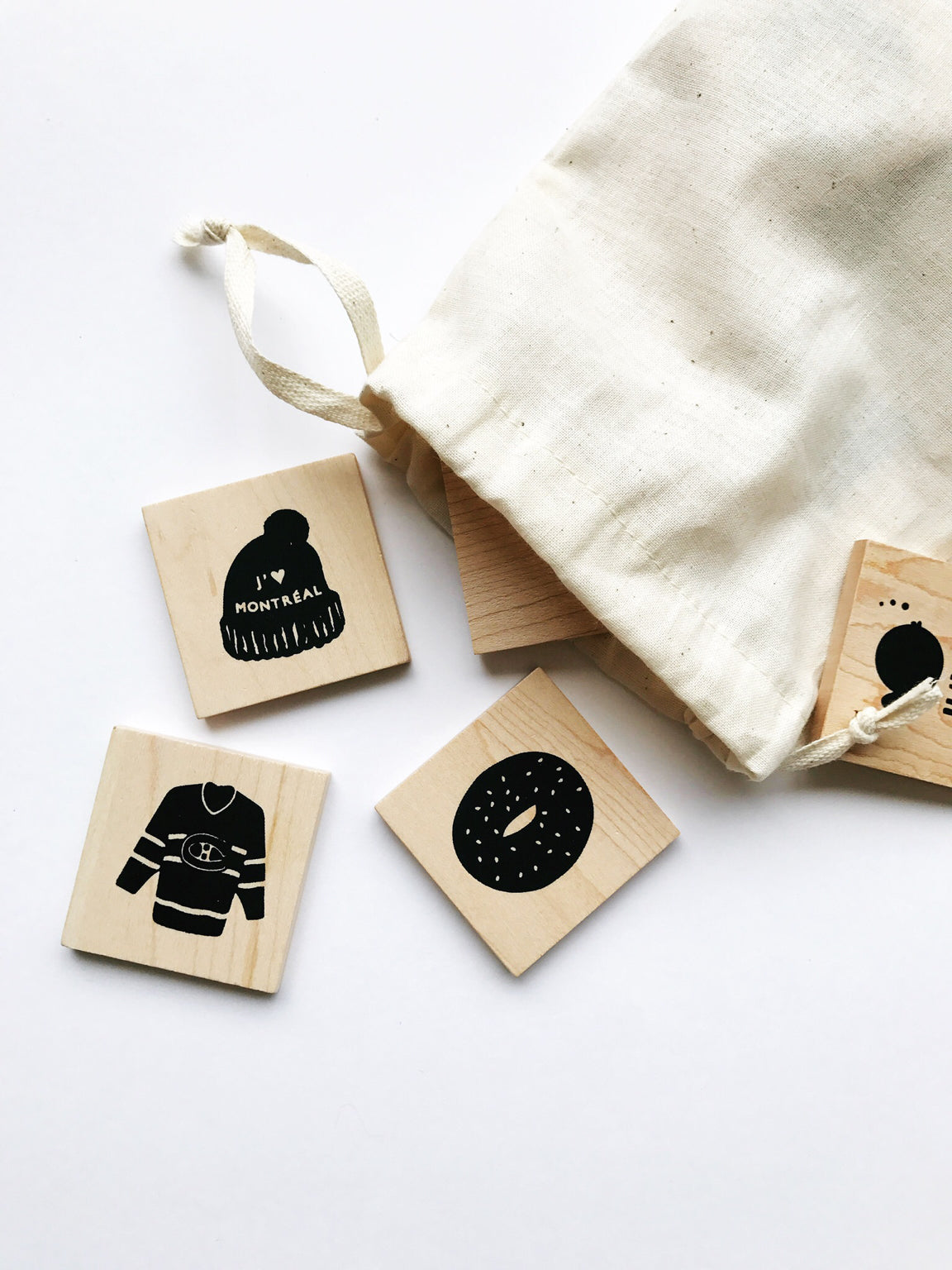
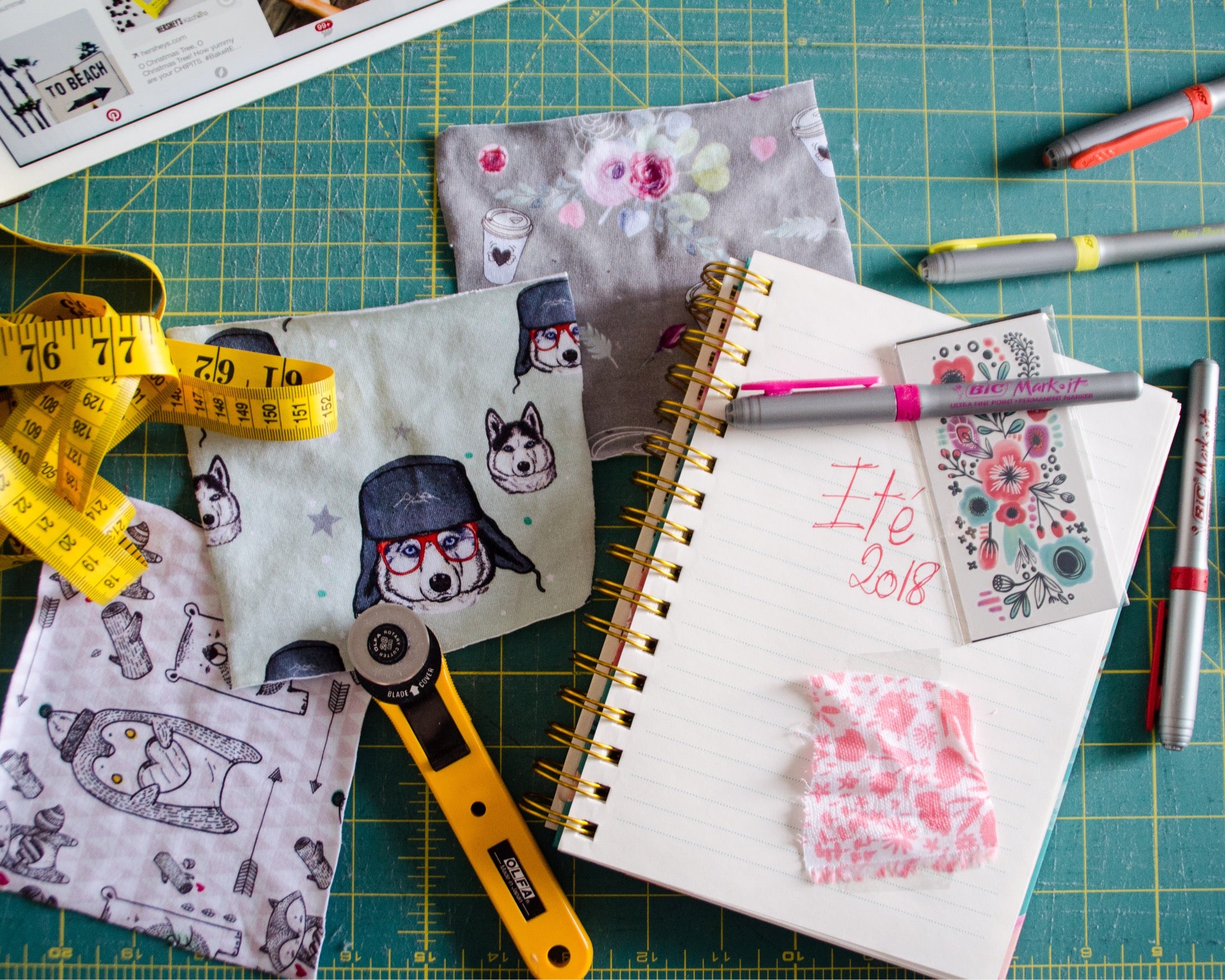
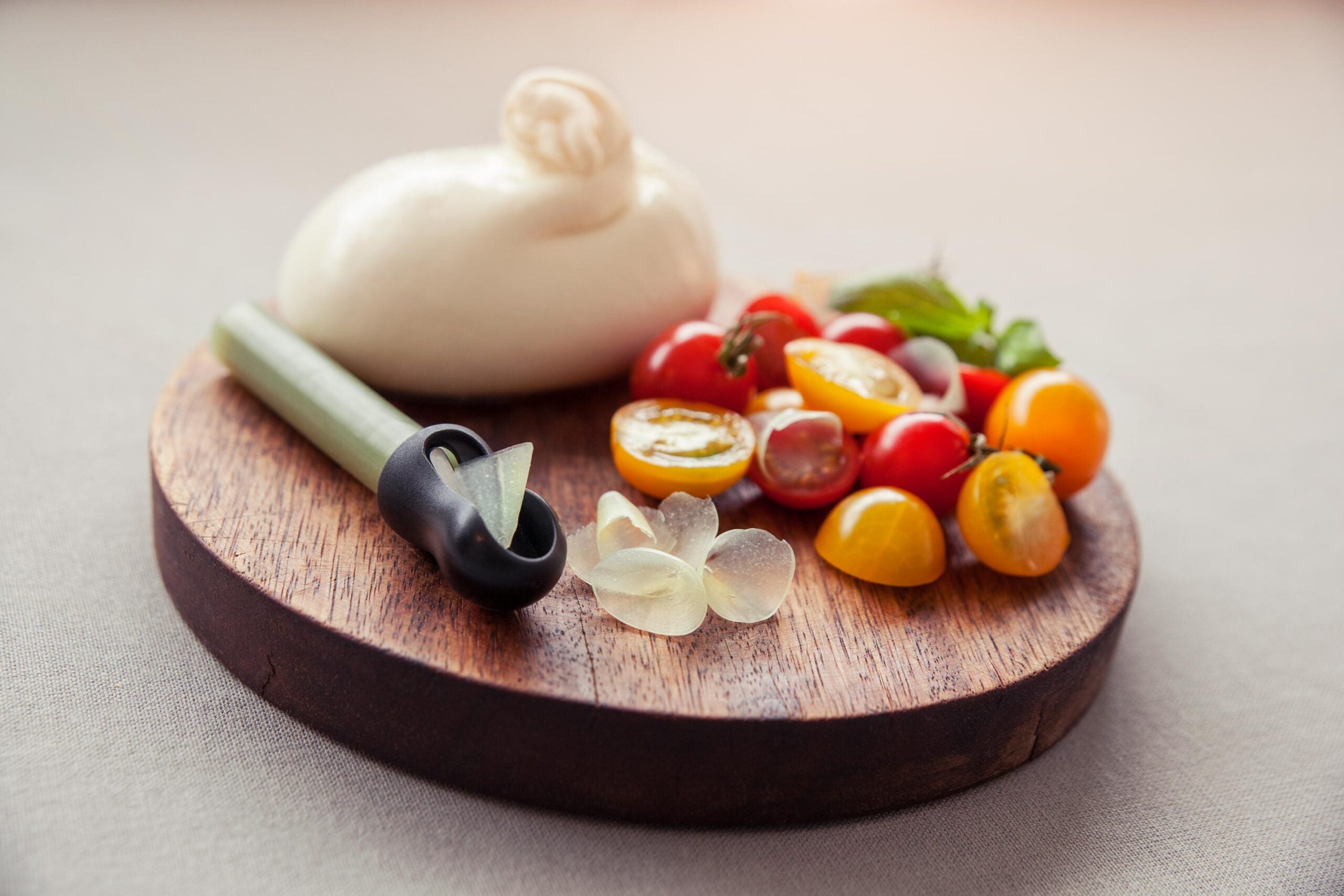
Leave a comment
This site is protected by hCaptcha and the hCaptcha Privacy Policy and Terms of Service apply.